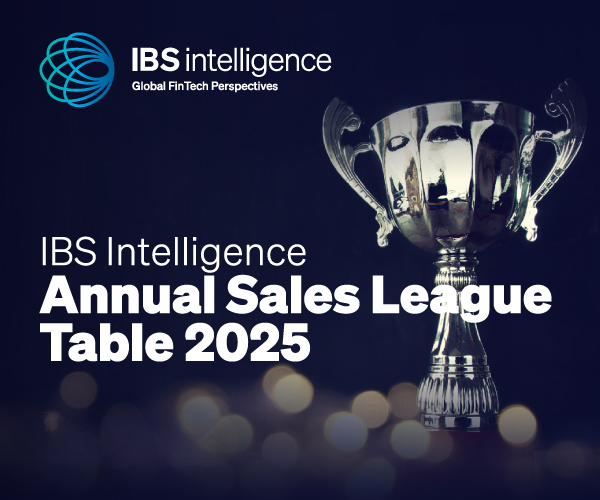 Back
Back
3 trends in Digital Banking that will go big in 2022
By Joy Dumasia
 Digital banking has evolved massively, up to a scale where having digital banks can make a difference for the economy in general. That is true in developing countries where the number of customers at a digital bank is directly related to increased financial inclusion. Digital Banking is the automation of traditional banking services. Digital banking enables a bank’s customers to access banking products and services via an electronic/online platform. Digital banking means digitizing all banking operations and substituting the bank’s physical presence with an everlasting online presence, eliminating a consumer’s need to visit a branch.
Digital banking has evolved massively, up to a scale where having digital banks can make a difference for the economy in general. That is true in developing countries where the number of customers at a digital bank is directly related to increased financial inclusion. Digital Banking is the automation of traditional banking services. Digital banking enables a bank’s customers to access banking products and services via an electronic/online platform. Digital banking means digitizing all banking operations and substituting the bank’s physical presence with an everlasting online presence, eliminating a consumer’s need to visit a branch.
FinTech is transforming financial products and services at a rapid rate globally. In Europe, regulation aimed at encouraging competition has increased the number and reach of FinTechs. At the same time, digital banks are increasing the banked population and reducing the financially underserved. The coronavirus has accelerated FinTech adoption, as it enables less friction and contact between merchants and customers. There are growing consumer expectations regarding the digital customer experience and innovative solutions in an increasingly digital age. This has driven the trend away from cash payments while fuelling contactless technology in the region.
The decision for banks to add more digital solutions at all operational levels will have a major impact on their financial stability. While not all banks are in a position to make quick changes to IT infrastructure or the architecture on top of it, banks aiming to be disrupters can move toward broad end-to-end automation. The concept of an all-digital cash economy is no longer just a futuristic dream, but it’s still unlikely to outdated physical cash soon.
The following are the 3 elements of Digital Banking to watch out for in 2022:
- Internet Banking
Internet banking, also known as online banking or e-banking or Net Banking, is a facility offered by banks and financial institutions that allow customers to use banking services. If someone would like to use internet banking services, they must register for the facility while opening the account or later. One has to use the registered customer ID and password to log into your internet banking account.
With the help of online banking, several essential services are made available to customers without personally visiting the bank. Customers can perform financial transactions like transferring funds online, paying bills, applying for loans, and opening a savings account, among other debit card transactions. Under non-financial transactions, customers can carry out several activities which may require going to the bank, like applying for a new cheque book, getting account statements, updating contact information, start/stop payment, etc. GooglePay and ApplePay are some of the most used internet payment mediums globally.
- Omnichannel
A majority of banks have adopted the omnichannel approach at the core of their strategies. Banks have understood the ease, innovation, simplicity, and accessibility of platforms provided by FinTech companies. Omnichannel is about making the same services available to customers across all digital and offline channels.
Creating a robust omnichannel banking platform is undoubtedly the next step for banks to offer a top-notch customer experience to their users. In the coming years, retail banks might be ramping up their omnichannel infrastructure to compete with FinTech enterprises.
- Mobile Banking
Mobile banking is making financial transactions on a mobile device (cell phone, tablet, etc.). Mobile banking is very convenient in today’s digital age, with many banks offering impressive apps. The ability to deposit a check, pay for merchandise, transfer money to a friend, or find an ATM instantly is why people choose to use mobile banking.
Coronavirus has shifted much of our everyday lives online, which makes mobile banking even more beneficial to people who’d prefer not to visit a physical location right now. Mobile banking is now a standard service at most financial institutions. Luckily, you don’t need an account with a large bank to experience all mobile banking offers.
ALSO READ: Global Digital Banking Vendor and Landscape Report Q4 2021
IBSi FinTech Journal

- Most trusted FinTech journal since 1991
- Digital monthly issue
- 60+ pages of research, analysis, interviews, opinions, and rankings
- Global coverage
Other Related News
Related Reports

Sales League Table Report 2025
Know More
Global Digital Banking Vendor & Landscape Report Q2 2025
Know More
NextGen WealthTech: The Trends To Shape The Future Q4 2023
Know More
Intelligent Document Processing in Financial Services Q2 2025
Know More


